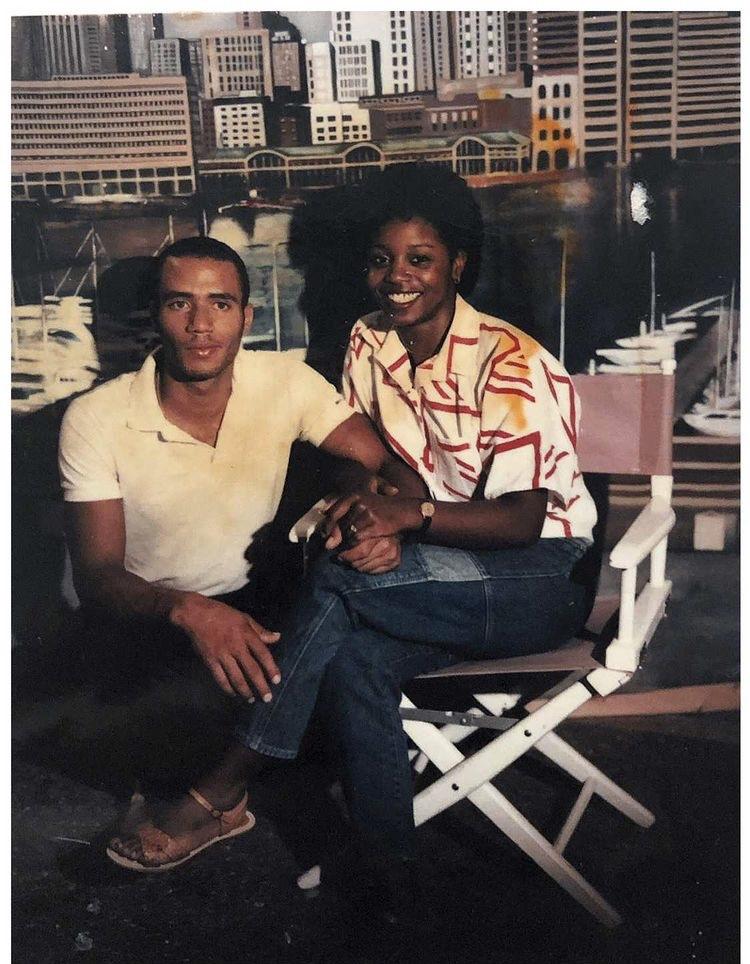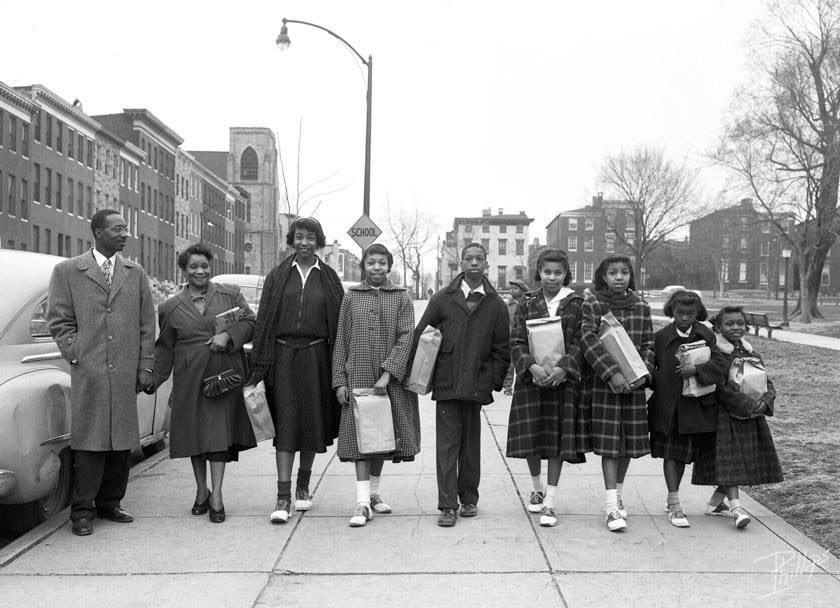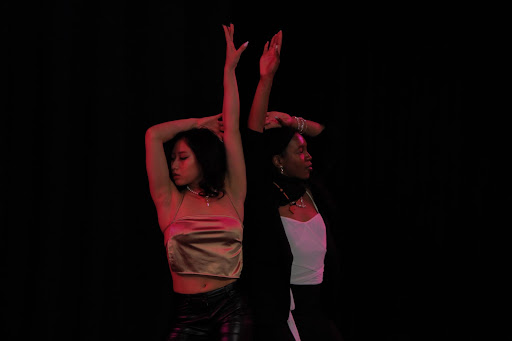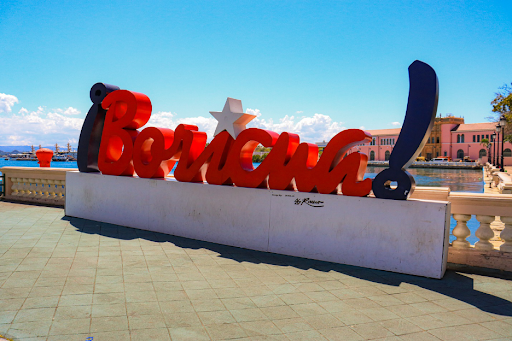Last month, I sat down with Savoy Adams ‘23, the co-founder of “Addressing the System,” a campus initiative to “spark necessary conversations behind racial injustice.” We discussed his motivations for starting the club, the exhibit that they have on display in the Julio Fine Arts Gallery, and what he hopes others will again from the exhibit.
Adams said that the driving force that led him to start “Addressing the System” was the prevalent structural racism in our society and the school-to-prison pipeline. Adams formed the club in the summer of 2020 with co-founder and fellow advocate, Eliza Synder ‘23. The duo began hosting meetings to engage Loyola staff and students in dialog about structural racism, prison reform, Black Lives Matter, and more. Camryn Williams ‘22 is the newest leader of the club and aids in guiding these difficult yet important discussions. Together, the trio works to educate the Loyola community on these important issues via meetings, discussions, and social media advocacy.
The Julio Fine Arts Gallery is a space where artists and students at Loyola can showcase their art pieces. The “Addressing the System” art exhibit showcased different representations of Black people. It included five different categories of photos and several QR codes that can be scanned to read important articles. One, for example, was about Freddie Gray, a victim of police brutality in Baltimore. Categories within the exhibit were inclusive of many aspects of Black culture and community in America. The “Black Beauty” section showcased photos of Black couples and loved ones, while the “Pillars of Community” showed Black elders exclusively.
When asked what motivated him to design an art exhibit for Black History Month, Adams said:
“I thought of the idea about eight months ago. I was inspired by Black Instagram art accounts and wanted to get Loyola involved with Black excellence.”

Adams explained the process of setting up an art exhibit as a tiring yet rewarding task. The whole process took about two months to complete because the trio had to reach out to archives and artists to collect the art pieces to put on display.
My personal favorite was “Black Beauty.” Because of the affection and love that was showcased in the pictures, it felt like I was looking at an old family photo album. The “Black Pride” section displayed Black people organizing and coming together. Similarly, The “Black Excellence” category included photos of Black innovators and change-makers, and the “Protest Wall” section showed photos of Black people protesting and organizing marches. Adams says that his personal favorite category of the exhibit is “Black Excellence” because:
“It exhibits the true… just everyday Black excellence.”
In viewing the exhibit, Adams wants the audience to “sit back, observe, and take notes.”

Adams feels that the entire Loyola community should be in attendance of the exhibit to witness “Black people doing everyday things.” He also said that he feels the exhibit will “amplify the community.” As our conversation came to an end, Adams said that the main goal for the exhibit, and “Addressing the System,” is:
“To highlight Black history in the making.”
Adams would like to highlight the Julio Fine Arts Center and the co-founders of “Addressing the System,” Synder and Williams, for their work in making this exhibit a reality.
More information about the club can be found on their Instagram, @addressing.the.system.
Featured Image courtesy of Henry Phillips




















































































































